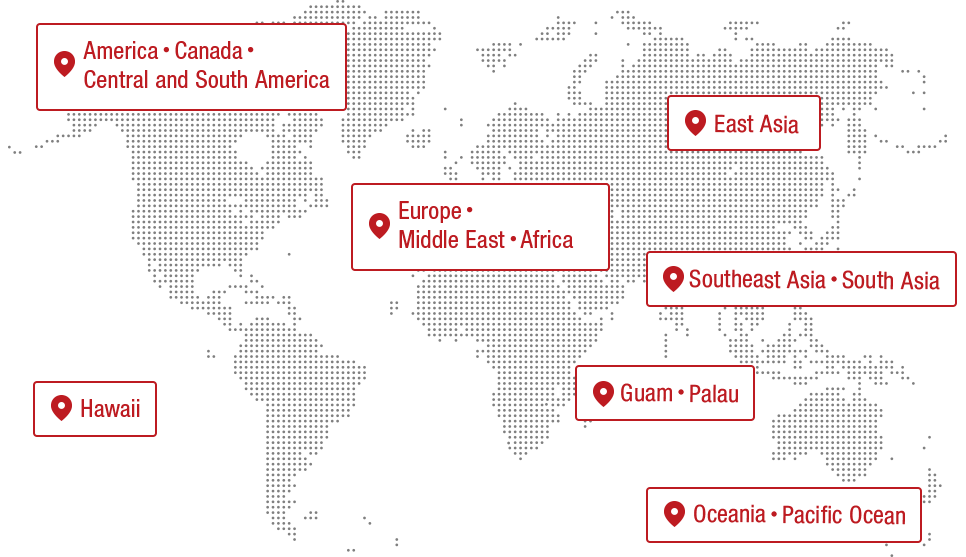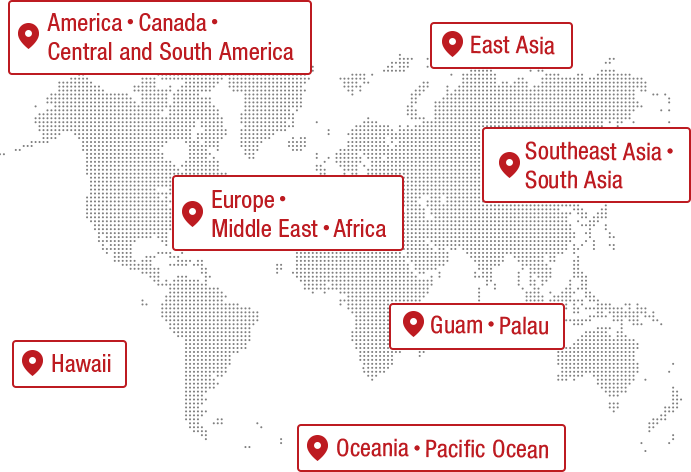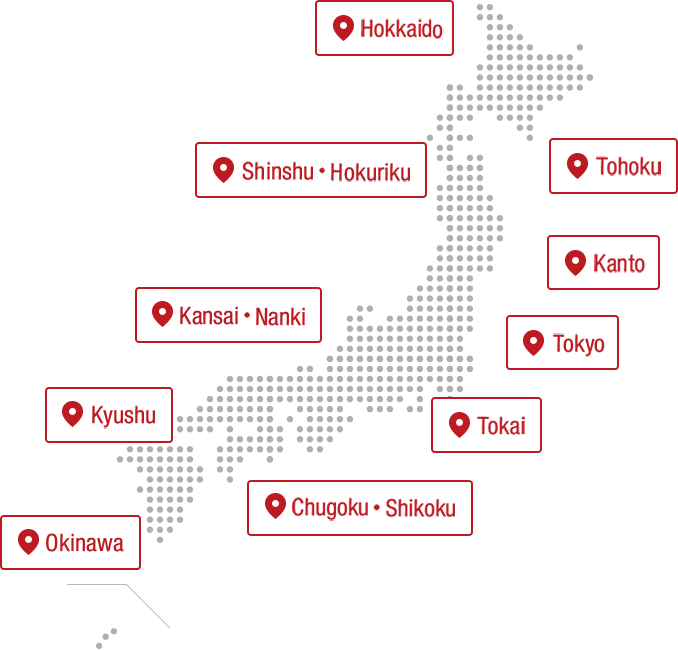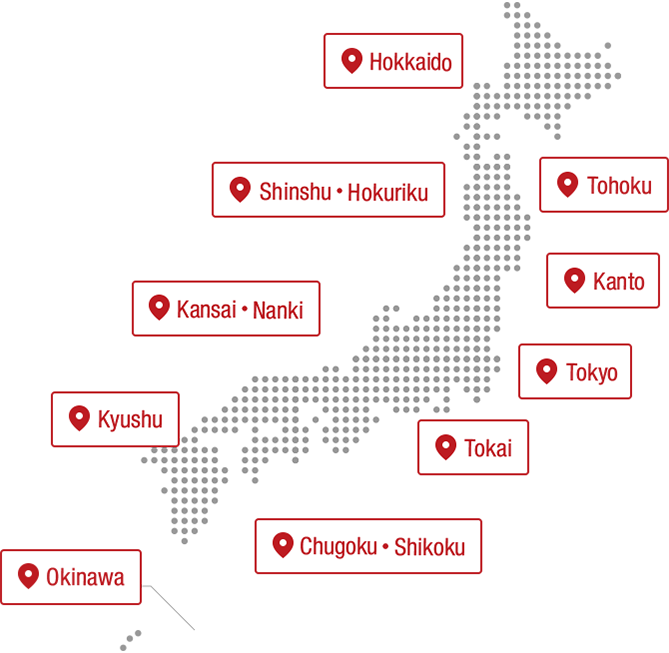
Ai Nishimura
Administrator of the blog "My Diary," which began in 2004. A writer who has traveled to all 47 prefectures and loves local culture and history.
Author of Shimane's "Geography, Place Names, and Maps" Mysteries (Jitsugyo no Nihonsha), My Town is the "Number One in Japan" Dictionary (PHP Institute), and Prefectures Explained in Neko Neko Japanese History (Jitsugyo no Nihonsha). Official blogger for Suntory Gourmet Guide, official top user for Retty, and official platinum blogger for Excite.

First day
Second day
- Roadside Station Yuiyui Kunigami: A wealth of northern Okinawa souvenirs and World Heritage goods
- Miyazato confectionery shop "Kunigami Donuts" has more than 70 years of history in the Hedona shopping district
- Okinawa Nature Guide Recommended! Enjoy beef soba noodles while admiring the flowers and pond at "Yamabiko"
- "Hiji Falls" where you can encounter nature through river walking and trekking even in the middle of winter
Sharing the good news of a long and healthy life: Emi-no-mise's longevity bento
From Naha Airport, travelling through Nago and then further north, you will arrive at Ogimi Village, which declared itself "Japan's longest-living village" in 1993. The villagers live happy and healthy lives regardless of age, and are practicing the "healthy longevity" that everyone aspires to.
There is a restaurant here where you can eat food made using plenty of island vegetables (traditional Okinawan vegetables) and traditional cooking methods.
Even within the prefecture, seasonal island vegetables are no longer served on the dinner tables of families with small children, and are now a precious ingredient that is not easily available. In the past, island vegetables were grown in each household's fields and were more like medicinal herbs than vegetables, and eating them in each season naturally nourished and toned the body, providing sustenance for a healthy life.
"Emi no Mise" in Ogimi Village is one of the most well-known restaurants in the north, serving healthy Okinawan cuisine.
This time, I reserved the "Choju Bento" which is available for takeout.
Using precious ingredients grown by various local people, the restaurant is packed with a variety of small side dishes that cherish the traditional flavors. Everything is handmade, and you can really taste the flavor of each ingredient. They also use ingredients such as fresh vegetables and papayas from the "Emi no Hata" in front of the restaurant. There were also some new flavors, such as hard-mouthed sardines caught in the sea right in front of the restaurant, andagi made with the village's specialty, shikuwasa, and "inganazune," a traditional dish of ingana (nigana) fish with white sesame sauce that originated in Ogimi Village.
The portion was larger than I expected, but the light flavor, the abundance of vegetables, and the fact that I could try a little bit of everything made it delicious until the very end. As I savored every bite, I was able to enjoy vegetables I'd never seen before and dishes I'd never tried before.
The "Chojubento" is made by the combined efforts of farmers and fishermen in Ogimi Village. The gentle flavor of the lunch, which reminds us of the "good old days of Okinawa" that Emi-no-ten conveys, the rich nature of the village, and the warmth of home, is comforting and gives us a share of energy.

Take out the longevity bento from Emi no Mise.

In this restaurant with a local feel, you can enjoy traditional Okinawan cuisine for lunch.

The dishes are made with plenty of seasonal vegetables, including fruits and vegetables grown in the fields in front of the restaurant.

The "Choju Bento" is made in a paper lunch box, using materials that are recycled as naturally as possible and with as few colors as possible.

There are plenty of dishes using traditional island vegetables, such as papaya chanpuru, inganazune (bitter gourd with white sesame sauce), and shrimp tempura with ichoba.

The dishes are prepared using traditional cooking methods and come in small quantities with a wide variety of items, with careful consideration given to color and balance.

All desserts are homemade, including andagi (doughnuts) and mochi (rice cakes) made with shikuwasa.

The side of the box is printed with a Ryukyuan poem written by local grandfathers and grandmothers.
Smile shop
| address | : | 61 Oganeku, Ogimi Village, Kunigami District, Okinawa Prefecture |
|---|---|---|
| phone | : | 0980-44-3220 |
| business hours | : | 9:00-17:00 (take-out) 11:30-17:00 (last orders for in-store dining at 16:00) |
| Closed Day | : | Tuesday Wednesday Thursday *Meals and bento boxes must be reserved by the day before. |
| URL | : | https://eminomise.com/ |
"Kayada Banta" - a coral reef overlooked from the cliff
On this trip, you will enjoy the natural beauty surrounding the World Heritage Site in northern Okinawa.
After lunch, we first met up with Masafumi Kobayashi, representative of Gajumaru Nature School, Okinawa Branch of Whole Earth Nature School. He is a veteran guide who mainly works in the northern part of Okinawa, Nago City, and uses the nature of Okinawa to convey a wide range of information about the island, from its culture and history to current events. He aims to create an experience that conveys the importance of nature through Okinawa, and gives people the opportunity to "feel Okinawa" through the experience of loving, being aware of, and conserving nature.
This time, he accompanied us to various places to teach us how to enjoy Okinawa's nature.
First, we headed to Kayada Banta in Kunigami Village.
The cliff is about 80 meters high. The top of the cliff has been developed as a garden. There is a gazebo where you can take a break and enjoy the magnificent view.
The northernmost region of Okinawa is characterized by the closeness of the mountains to the sea, and from Kayauchi Banta you can see both the lush forest and the emerald green sea. Below you can see Ginama Fishing Port, and from this excellent location you can also see the coral reefs in the beautiful northern sea.
Here, Kobayashi discovered a sea turtle swimming in the ocean!
I was amazed at the insight.
We also learned a lot about the plants that bloom there.
If you look carefully, you will notice the true diversity of creatures that do not exist on Honshu, as well as plants unique to the subtropics. This is a spot that you should definitely stop by to see the magnificent scenery.

Ginama Fishing Port from the 80m high cliff "Kayada Banta".

This is a spot where you can see the beautiful sea of northern Okinawa.

Masafumi Kobayashi, our guide through the nature of northern Okinawa.

Kobayashi is pointing at a flower that is commonly seen in Okinawa.

Bougainvillea blooms brilliantly even in the middle of winter.

Actually, the pink parts that look like petals are actually the sepals, and the small white parts are the real flowers.

We recommend this spot as a stop-off point during a drive in northern Okinawa.
Banta Kayana
| address | : | Okinawa Prefecture, Kunigami Village, Ginama |
|---|---|---|
| URL | : | http://kunigami-kikakukanko.com/itiran/05.html |
Gajumaru Nature School
| address | : | 845 Makiya, Nago City, Okinawa Prefecture |
|---|---|---|
| phone | : | 0980-58-1852 |
| URL | : | https://www.wens.gr.jp/gajumaru/index.html |
A mystical experience in the subtropical forest at "Daisekirinzan"
Our next destination was Mount Daisekirin, a spot located within the national park with a unique topography created by steep limestone rocks being eroded by rain.
Not only can you see rugged rocky mountains and oddly shaped rocks, but you can also explore the walking trails built into the dense forest, making trekking an easy experience even for beginners.
This time, together with the aforementioned Kobayashi, we will be touring the area with Oishirinzan spot guide Hattori Takaaki to see the geology, vegetation, and views from the observation deck.
While Mount Daisekirin is a place where you can see the beauty of natural formations, it is also known as a sacred place in Ryukyu mythology. It is said to be the place where the mythical god Amamikiyo first landed and created "Ashimu-i," and even today there are more than 60 prayer sites (places of worship) remaining throughout the mountain, giving it a mystical atmosphere.
There are four trekking courses, three of which, A to C, have shuttle buses that take you from the parking lot and reception to the starting point, Seikigoya. You can see countless limestone formations, including "Goku Rock," and enjoy the spectacular view from the Churaumi Observatory. The rocks along the way have all kinds of names, so it's fun to trek like you're on a treasure hunt with a map in hand. The weather was fine that day, and we could see Yoron Island, the southernmost point of Kagoshima, and Okinoerabu Island.
The course was originally a mountain path leading to the shrine, but was turned into a path for walking. It was developed to minimize the damage to the natural environment and to allow many people to experience the magnificent nature of Okinawa. There is also a "barrier-free course" that can be used by strollers and wheelchairs.
On the way back, we walked along the D. Gajumaru Forest Course and saw the Gogan Gajumaru, one of the largest Gajumaru trees in Okinawa, as well as a colony of cycads, making the trekking time in total an hour and a half.
Guided tours with experts must be booked by 5:00 p.m. the day before.
In addition to this guided tour, there are also spiritual guided tours available.

Mount Daisekirin is a series of strangely shaped rocks formed 250 million years ago.

The trails are well maintained, so you can easily enjoy nature while trekking.

The limestone is dissolved by rainwater erosion, creating a unique landscape.

Hattori Takaaki, our guide at Daisekirinzan.

Dynamic landscapes appear before your eyes one after another, including huge rocks taller than you and banyan trees entwined around them.

From the Churaumi Observatory, you can look out over the majestic ocean at the northern tip of Okinawa's main island.

Small creatures such as the Japanese grass lizard also live here.

A colony of cycads. Cycads can grow on short roots and can even grow on rocks.

The largest banyan tree in Okinawa, with a circumference of 120m, is a must-see. Its branches spread wide, making it the lord of the forest.
Daisekirinzan
| address | : | Okinawa Prefecture Kunigami District Kunigami Village Ginama 1241 |
|---|---|---|
| phone | : | 0980-41-8117 |
| business hours | : | 9:30-17:30 (last entry 16:30) |
| Closed Day | : | Open all year round |
Tour the northernmost tip of Okinawa's main island: Cape Hedo and the Yanbaru Kuina Observatory
Cape Hedo is located at the northernmost tip of Okinawa's main island. The panoramic ocean is highly transparent, and the wild scenery of white waves rising from the collision of the Pacific Ocean and the East China Sea, as well as the beauty of the coral reefs, can be fully enjoyed from the cliffs. It is a scenic spot where you can feel the power of Okinawa's nature up close.
Here, a memorial stone was erected to commemorate the return of Okinawa, which was once under American rule, to mainland Japan. This means that there was a border between the islands of Kagoshima Prefecture and the main island of Okinawa, which can be seen from here. The stone monument evokes such strong feelings that it once again made me feel grateful for peace.
One place we highly recommend for viewing Cape Hedo is the Yanbaru Kuina Observatory.
You can also see the large Okinawa rail on top of the mountain from Cape Hedo.
In fact, it is a so-called "unusual spot" that is currently quite popular. It is an observation deck that will make anyone smile with its enormous size.
According to our guide, Mr. Kobayashi, the "Hedosaion Pine Tree Conservation Park" in this area is also a must-see. I thought it was a little strange to see pines in Okinawa, but it turns out they were planted by Saion, a politician from the Ryukyu Kingdom who planted trees in the area as necessary and optimal for the area.
A catchy observation deck that is typical of Yanbaru. The spot is based on the Okinawa Rail, a flightless bird unique to this region, so why not stop by to make some memories of your trip? You can also see the real Okinawa Rail at the Okinawa Rail Ecological Exhibition and Learning Facility, Rail Forest, also located in Kunigami Village.

Cape Hedo, the northernmost point of Okinawa Island. A dynamic view of white waves crashing against the water.

A well-maintained and easy-to-walk path continues to the tip of the cape. On the horizon in the distance are Yoron Island and Okinoerabu Island in Kagoshima Prefecture.

Our guide, Kobayashi, spots beautiful blue fish from the top of a high cliff. The sea in the north boasts exceptional clarity, even among the main island.

On the cape is the "Memoir of the Struggle for Return to the Homeland," which was erected in 1976. It is a monument that tells the history of Okinawa.

The emerald blue ocean where the East China Sea and the Pacific Ocean meet.

The best place to view Cape Hedo is the Yanbaru Kuina Observation Deck.

When viewed from directly below, it looks so huge that it doesn't fit on camera at all.

There is a pleasant view from the observation deck.
Cape Hedo
| address | : | Hedo, Kunigami Village, Kunigami District, Okinawa Prefecture |
|---|---|---|
| URL | : | http://kunigami-kikakukanko.com/itiran/06.html |
Yanbaru Kuina Observatory
| address | : | Hedo, Kunigami Village, Kunigami District, Okinawa Prefecture |
|---|---|---|
| phone | : | 0980-41-2101 (国頭村役場 企画商工観光課) |
The contents published are accurate at the time of publication and are subject to change.











